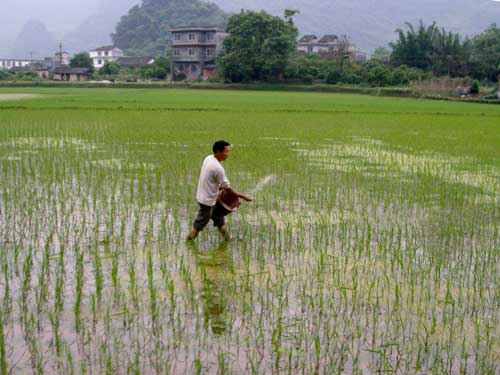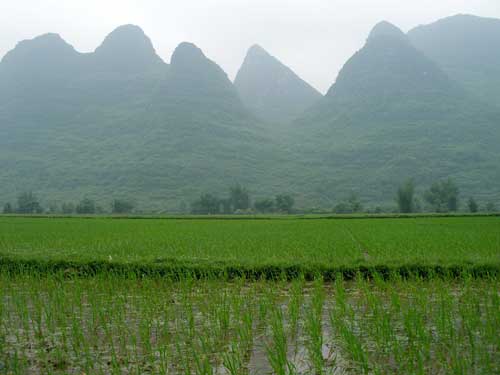
On average, each farmer gets about one-third of an acre of land. The farms can be rented out but not bought or sold. This prevents large industry farming.
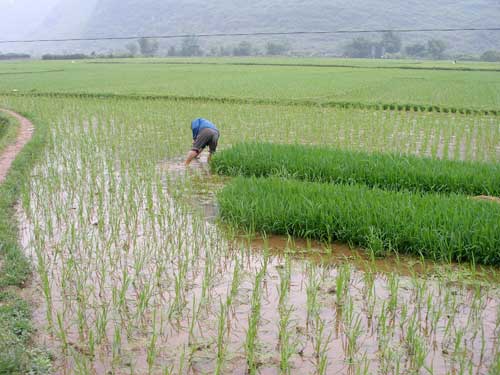
All of the work is done by hand. This yields 30% more harvest than if done by machine.
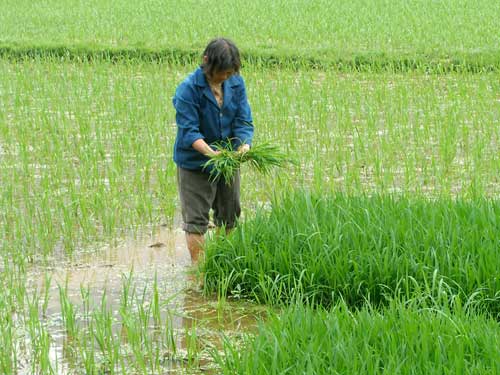
Separating the new rice. The seedlings were covered with plastic until they got large enough to be transplanted.
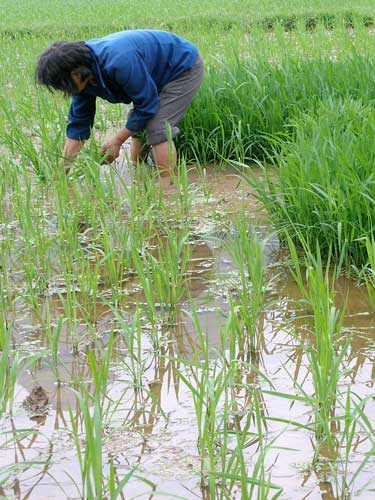
The crops are planted in neat rows so that weeds can be easily spotted.

Back-breaking work...
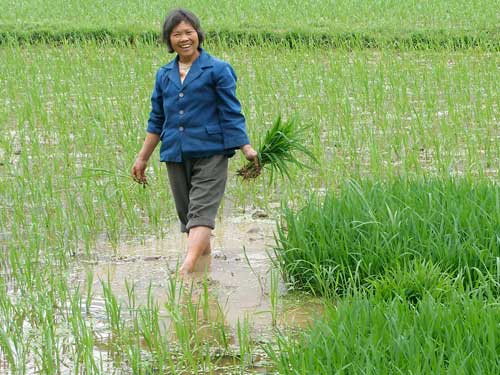
... but still very friendly and happy to see us. We did give her a nice tip though.
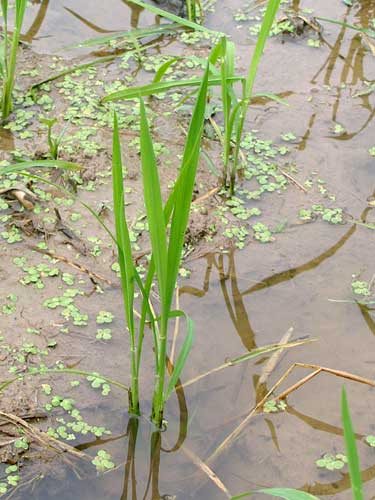
The soil must be plowed many times until it becomes very fine, soft and level. Water is added when needed from the canals.

Taro is another crop that this hard-working woman grows.
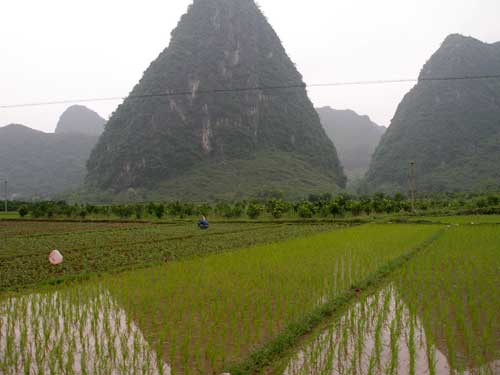
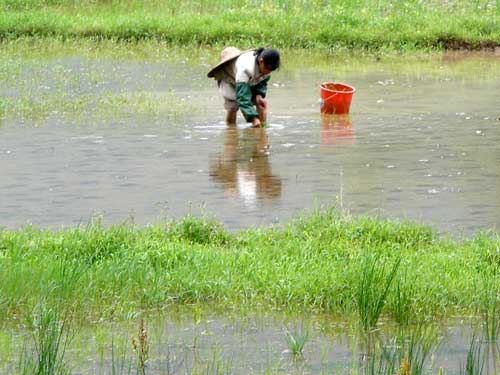
Work in the fields is never done.
